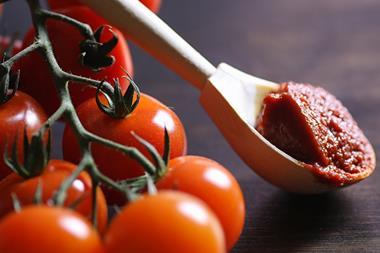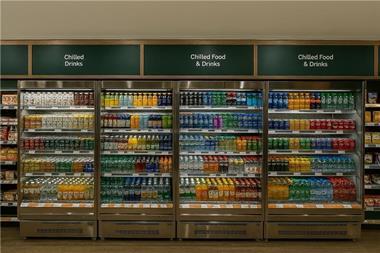The UK take-home soft drinks market is worth £3.4bn and value sales have grown by 9% in the latest year, while volume sales have grown by 1.5%.
Health has become a significant trend across all foods, with more than one fifth of food consumed for this reason. The soft drinks market is no exception, with 21% of soft drinks consumed for health reasons, up from 17% in 2003, which is an accelerated growth compared with total food.
Consumer desire for healthy drinks is reflected in the performance of soft drinks sectors that are perceived as healthier. In particular, fruit juices are growing at 18% year-on-year, while carbonated drinks such as colas are growing less quickly, at 6% for the same period.
Growth across the market has largely come from consumers purchasing more frequently and spending more, especially in fruit juices, where premiumisation of the product range has resulted in a 17% rise on the average price paid per litre year on year. The average branded fruit juice buyer spent £4.12 more on juice this year. Own-label fruit juice buyers also traded up, spending £2.64 more than in the previous year. The growth of fruit juices is largely incremental within the soft drinks category - only 10% of growth was a result of switching from other soft drinks categories.
The hard discounters - Aldi, Lidl, Netto - are the fastest-growing retailers of soft drinks, with sales up 21% on last year.
Independent stores overtrade heavily in soft drinks, driven by colas and flavoured carbonates.
Tesco is the number one retailer for soft drinks, with a 28.8% share of the market, while Sainsbury's is ahead of Asda at number two, with a 15.7% share over Asda's 15.4% of this market.
Ninety three per cent of take-home soft drinks spend goes through multiples and Co-ops. For soft drinks purchased on the go, however, this drops to 10%. Colas is the largest sector in the on-the-go soft drinks market; sports and energy drinks are most heavily reliant on impulse purchasing, with two thirds of value sales coming from instant consumption purchases and one third via take-home.
Matthew Cheung, TNS Worldpanel















No comments yet